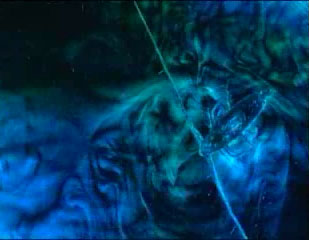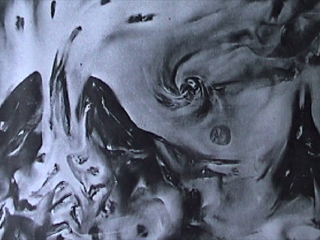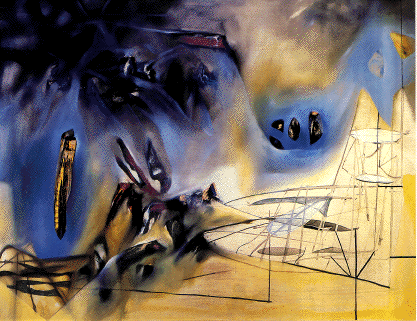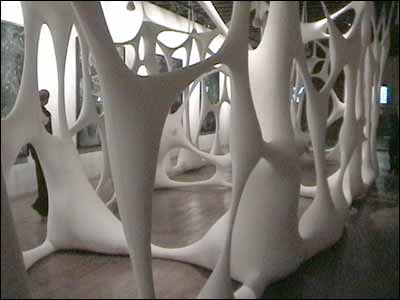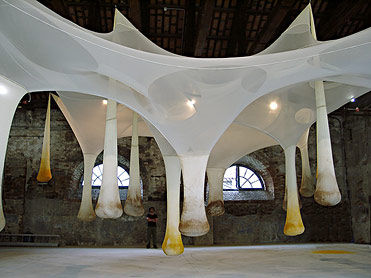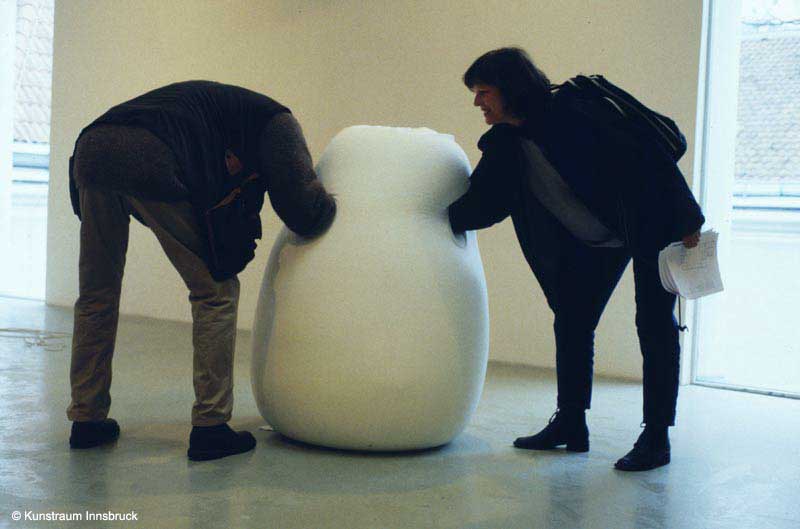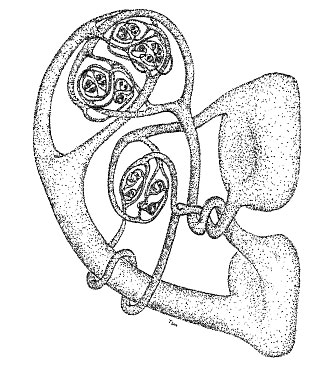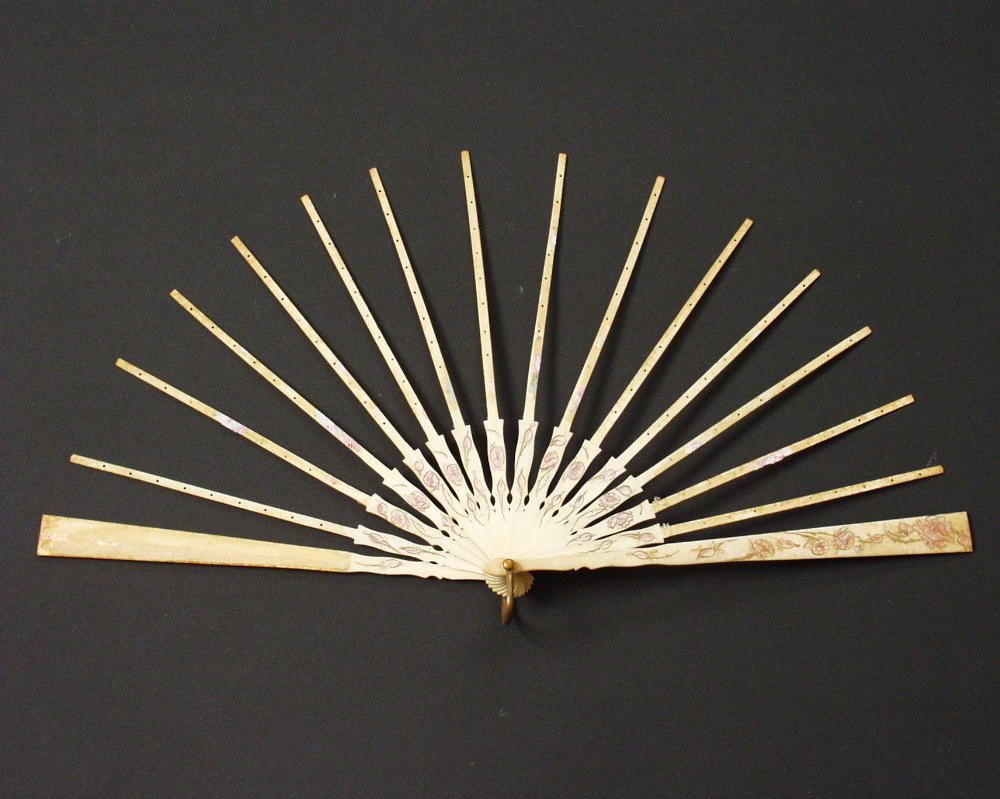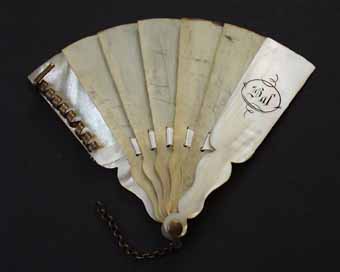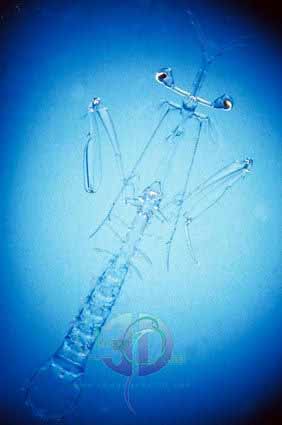Table of Contents
txOom design
“allows the same materials to be transformed from one object to another, such that the materials begin to move into media, that are consumed as a form of nutrition…. the body expands, the environment is brought inside… space gets reconstituted, architecture is what you swallow… ”
–From ed. A. Marras (1999) ECO-TEC, Architecture of the In Between. Princeton Architectural Press, New York.
overall design suggestions
- txOom could become a biomimetic system
- evolves through nutrition from players' behaviours
- the player is viewed as intruder, predator – media eater – mate or food
- the environment feeds the player with spaces (architecture, costumes) and media (a dance of give + take)
- all events/media/costumes should recycle + be transformed from one medium to another
- they extend player's gestures (and their body - if using biofeedback) in the environment
objectives
- system should be flexible, to allow an array of applications
- all components should be tightly integrated to provide a coherent experience
- rooms should be site specific
- the environment should be an immersive, liquid realm
- the interaction should resemble a conversation with a stranger who appears that one knew for ages
- the experience should be that of a free play, not goal directed
media references for designers
keywords
- thickness - describes a general atmostphere in the room
- spikiness - sometimes uncovered 'hard skeleton' of the objects; unexpected/random 'cuts', 'events'
- density - the macro spaces are filled with (amplified) micro matter + events
- bioluminescence (emission of light from living organisms) - visualisation of design paradigms: the environment wide results are produced by living, interacting and evolving entities
general atmosphere
- thickness
- roberto_matta: from course notes Academmia di Belle arti di Venezia:
“ Any form is the diagram* resulting from the adaptation of the moving internal energies to obstacles created by the environment. The morphology of swirls, osmotic growths, periodic precipitates, indicates the diagram of non-miscible bodies, such as stains of car oil in damp streets, or the layout of two Ripolin* colors. Time would be for us a medium* comparable to a gelatinous water accepting in a rhythmical way transformations occurring with high or less high speeds. The eye is tuned on a certain speed only. Psychologically, a morphology of optical images only relates to the theoretical sections* made at a given moment in the morphological age of the object. I call psychological morphology the diagram of the transformations according to the absorption and the transmission, of the energies in the object from its initial aspect until it reaches its final form in the geodesic psychological medium*. This medium, psychological space-time, is a symbolic congruence of the Euclidian space. The object located in a given moment-point of this medium intercepts the pulsations which are proposing transformations according to an infinity of directions. It is located at the impact point between this encounter and each transformation. The infinity of the chances of interpenetrations missed by the object increases the intensity of the further pulsations during all the time the object will follow this morphological direction.
* thickness+spikiness matta's morphology:
The concept of a psychological-time medium in which the objects are transforming, leads to compare it with an Euclidian space caught in a rotative and pulsatile transformation in which the object, with each risk of interpenetration may oscillate from point-volume to moment-eternity, from attraction-repulsion to past-future, from light-shadow to matter-movement. The fourth dimension would be the diagram of the risks encountered during the complete duration of the transformations.” (from http://www.execpc.com/~bogartte/Mattamorph.html )
* spikiness (img src: unknown)
* density (img src: unknown)
- bioluminescence (image from: from http://www.luxgene.com/ )
- see the Luminous Organism section for more information on this phenomenon
architecture
- costumes atatchable/detatchable from architecture – “modular”;
- walls - flexible, partially constructed and 'growing' out from the existing architecture of the site“ – “deformed by players + obervers”;
- floor - sensor carpet for position tracking”;
- use the walls + floor as projection surfaces
- waiting room
- coffee lady as hostess, and explanatory introduciton to the space, but also part of the 'flexible architecture'
- interviews + feedback should happen in this room as well
- room_skeleton: from http://www.wexarts.org/thefold/materials/ernesto_neto/neto/
- room_stretchable: from http://www.wexarts.org/thefold/materials/ernesto_neto/neto/
* object_shareable: from http://www.wexarts.org/thefold/materials/ernesto_neto/neto/
- see also movies on from http://www.wexarts.org/thefold/materials/ernesto_neto/neto/ for movement info…
media_architecture
- the media can make the existing architecture thicker, by adding fields of invisible spaces - when the players brush along/enter into them, they cause a signifiant change in the local+global (?) conditions
- experiential duration - the media can slow down, or speed up the duration of the playCycle - depending on player's actions
component systems
- the component systems need to be integrated closely (ex. alexander's horned sphere: this drawing of two by Tim Poston(http://geometeer.com) was first published in Manifold(http://www.jaworski.co.uk/index.html)), and developed with a very tight feedback between the developers involved
- all component systems should evolve through state space (yon's dynamics engine) - this will improve the immersion and the involvement of the players
costumes
- translucent + skeletal structures (img src uncertain)
- adding to the thickness of the space
- the shapes can e worn individually, or grow out of walls: they should be put on inside the playspace
- stretchy, shapeable projection surfaces:
- if 2 people wear the same costume, they an shape the image in between them
- examples:
- harmonica prototypes
- moulded rubber tubes
- shrimp tails
- wings in the form of duck's feet / wale's tail
- costume_skeleton: from: http://www.imagequest3d.com/catalogue/larvalforms/index.htm
costume_skeleton: from http://www.costumes.org/pages/fan_links.htm
costume_structure: from http://www.costumes.org/pages/fan_links.htm
costume_transparency: from: http://www.imagequest3d.com/catalogue/larvalforms/index.htm
visual
- spread projection surfaces
- walls as well as floor
- integration of wall screens + projections surfaces * visual examples
- matta - thick substance + emerging structure
- BBC Blue Planet - bioluminescent and translucent organisms
- Ernesto Neto - different installations
- images and diagrams from TGarden design spec
- plantworlds, giant forests
- psychedelic experiences
- algoritmic (virtual) architecture
- on growth and form (Thompson D'Arcy)
- layered thickness
- standing on deep jelly-like matter
- coupled with sound using sound analysis
- swarms of small components, example movie: in new window
- around, rather than under the players
- using circular surfaces
sound
- underlying ambience of the room changes slowly through the states
- abrupt events can be triggerred if players 'disturb' a particular region of the room ('invisible architecture')
- players have individual voices that are discrete and clear when they play alone - in a group, the become more subdued and subtle
- spatialisation - vbap and use of shifting delay times, etc+
- conection to clothing - sampling from costumes (audio+visual)
- sound examples
- neural synthesis, tudor - distinct organic/synthetic
- ligetti - connected players /cloudlike
- zoviet france, monomishe - drone + populated randomness
- no forest old feet - erratic slices emerging from synthetic fluid
- select parks - digital games
- nature of sound - sound of nature - thick space behind the sound, becoming a part of a space
- check Cell Lives topic for info on bioacoustics
connections/transitions: media+matter synaesthesia
- bioluminesce + signalling: from http://www.luxgene.com/)
- many interconneted autonomous parts
- repeating patterns/sounds/behaviour of costumes in the media systems
- amplifying spaces in between the fibres in sound/visuals
- low frequqnces can be perceived as tactile sensations
- visual feedback from tracking camera used as source for visual transofrmations
- costumes should be transparent, irridescent or reflective (gels, rubbers, plastics, foams - so that when looking at them, the players can partially see through them, and see the media around magnified, warped
This topic is linked to many in this Libarynth, but mostly to its parent Project Txoom
– edited by Maja Kuzmanovic

